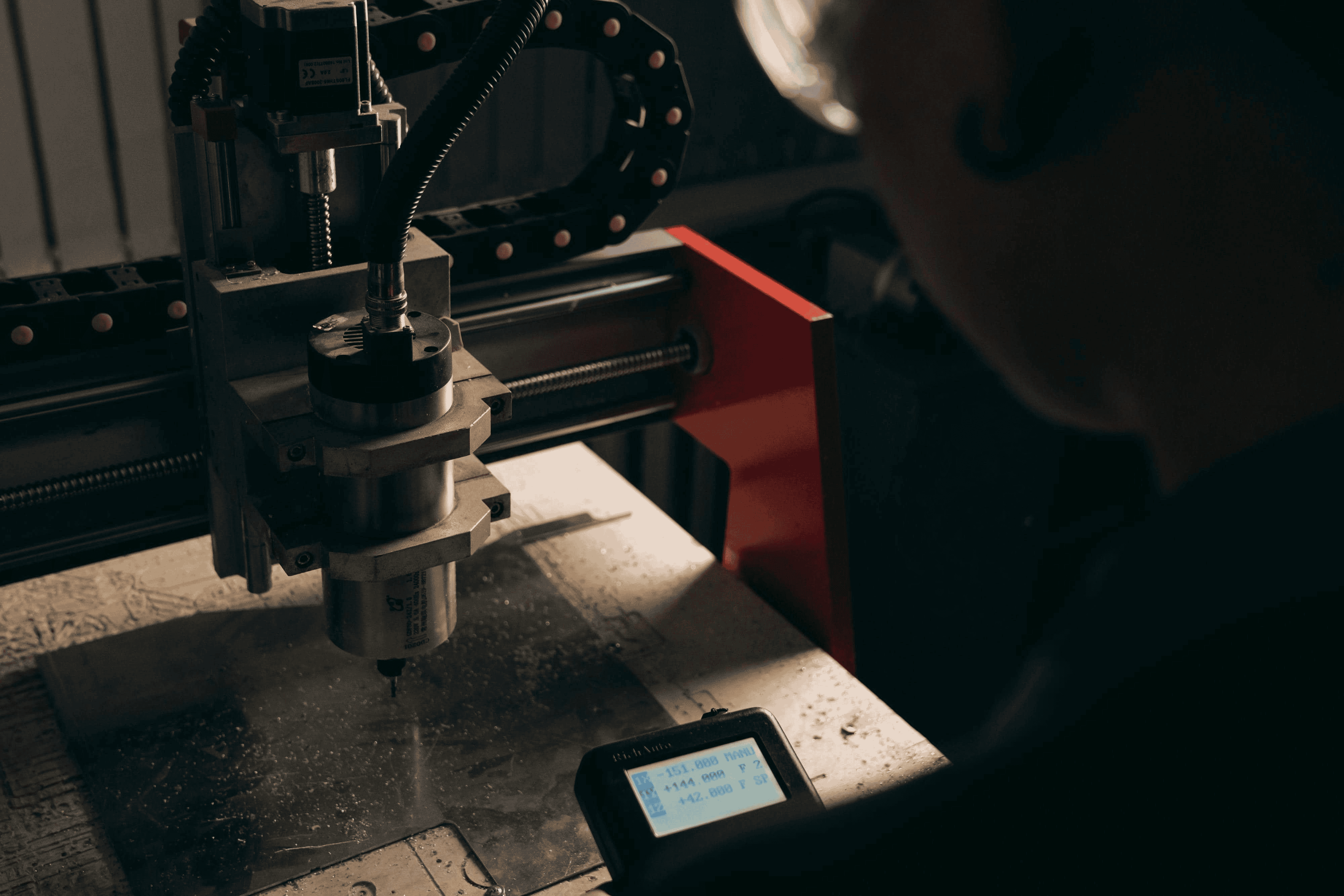Custom Fabrication

A 6g welding certification measures a welder’s ability to join pipe in a fixed 45 degree position. Because the joint is locked in place, the welder must work through uphill, downhill, overhead, and horizontal segments without rotating the pipe. This position stresses body control, torch angle, travel speed, and heat input management all in one exam. When done correctly, the qualification demonstrates consistency through the root, hot pass, fill, and cap while controlling distortion and avoiding defects.
In pipe work, 6G is prized because it simulates real constraints in the field. Refineries, power plants, food process lines, and pipeline tie ins rarely allow free rotation. The test also serves as a proxy for multiple positions at once, which is why many contractors see it as a high standard. Compared with 1G or 2G, where gravity helps, the 6G position requires deliberate puddle control and fit up accuracy to achieve full penetration and sound fusion.
The core variants of welding processes used for 6G include GTAW for roots and hot passes where cleanliness and control matter, SMAW for versatile fill and cap work, and sometimes GMAW or FCAW when procedure allows. Each process has different puddle characteristics, deposition rates, and gas or flux requirements, all of which influence technique. A common approach is a GTAW root followed by SMAW fill and cap using low hydrogen electrodes. For some codes and industries, all GTAW is preferred to reduce spatter and improve internal bead quality.
A typical test coupon uses schedule pipe with a specified diameter, bevel angle, root face, and root opening per the written procedure. Tack welds are placed strategically to minimize restraint without introducing suck back or excessive gap. Welders follow a procedure that controls amperage, voltage, travel speed, filler metal classification, and interpass temperature. After completion, the joint is either sectioned for guided bend tests or evaluated with radiography or ultrasonic testing to verify penetration, fusion, and absence of unacceptable indications.
Welder performing a 6G welding certification pipe test in a fixed 45 degree position with proper root, fill, and cap technique.
Most 6G certifications align with ASME Section IX or API 1104, depending on the application. Acceptance criteria address lack of fusion, incomplete penetration, cracks, undercut, excessive reinforcement, and porosity. Bend tests check ductility and soundness across the weld metal and heat affected zones, while radiography confirms internal quality along the root and body of the weld. Proper documentation records essential variables and continuity so the qualification remains valid.
Common pitfalls usually trace back to prep. Misaligned bevels, poor root face uniformity, or irregular gaps create inconsistent penetration. Heat input that is too high invites burn through or undercut, while too low risks cold lap and lack of fusion. Arc length and torch angle must adapt as the pipe clock changes. Cleanliness matters as well, especially for GTAW roots where any contamination can cause sugaring or porosity.
Practice with mockups that match diameter, schedule, and bevel geometry you will see on test day. Build repeatable habits for torch or stinger movement, wire addition, and tie in timing. Maintain interpass cleaning and temperature control to avoid trapped slag or brittleness. When switching from vertical to overhead segments, adjust body position and travel speed to keep the puddle supported without excessive weave. Tight, consistent fit up is the best insurance policy for a clean root.
The value of a 6G certification extends beyond a card in your wallet. It proves you can execute under constraint across positions, processes, and inspection methods. For employers in pressure piping, chemical plants, energy, shipbuilding, and food grade systems, that is evidence of discipline and repeatability. In many shops, a 6g certification also opens the door to specialty work or higher pay because it reduces rework and failure risk.
A related test, 6GR, introduces a restriction ring that further limits torch access and simulates structural constraints such as nozzles or stiffeners. Whether you take 6G or 6GR, continuity matters. Keep welding on like materials and processes within required time frames and log it properly so your qualification stays active. If procedures change significantly in variables like filler class or position, expect to requalify to match the new scope.
You will find the same fundamentals in sanitary tube work, pressure vessel nozzles, power plant shutdowns, and pipeline stations. Good 6G habits carry over to better fit ups, smarter heat control, and faster inspection passes in any setting. The test is hard by design, but its lessons make day to day production more predictable and safer.
When you want the same discipline applied to brackets, racks, bumpers, and structural components, lean on a shop that treats every weld like it will be inspected. Explore our custom fabrication to see how tight fixturing, thoughtful joint design, and clean GTAW and GMAW work turn drawings into dependable parts. For a deeper look at materials, processes, and finishing options that match your environment and use case, visit our fabrication services. Curious about our standards, team, and build approach from intake to handoff, start with why choose OZK Customs.
We build custom adventure vans, overland rigs, commercial vans, and one off components with the same care you would expect from serious test work. From CAD and CNC cut parts to precision welded assemblies, our team focuses on repeatable setups, clean beads, and smart inspection so your project holds up season after season.
Submit your project details and we will help you choose materials, joints, and processes that match your loads and environment. Whether it is a lightweight rack, a stout recovery solution, or a detailed interior bracket set, we will guide you from design to install with clear timelines and budgets.
Bring code level discipline to your build. Talk with OZK Customs about precision welding, CAD backed fixturing, and fabrication that stands up to real world use. Submit the form and we will map your project, budget, and timeline together.
ADDRESS:
6159 E Huntsville Rd, Fayetteville, AR 72701
PHONE:
(479) 326-9200
EMAIL:
info@ozkvans.com